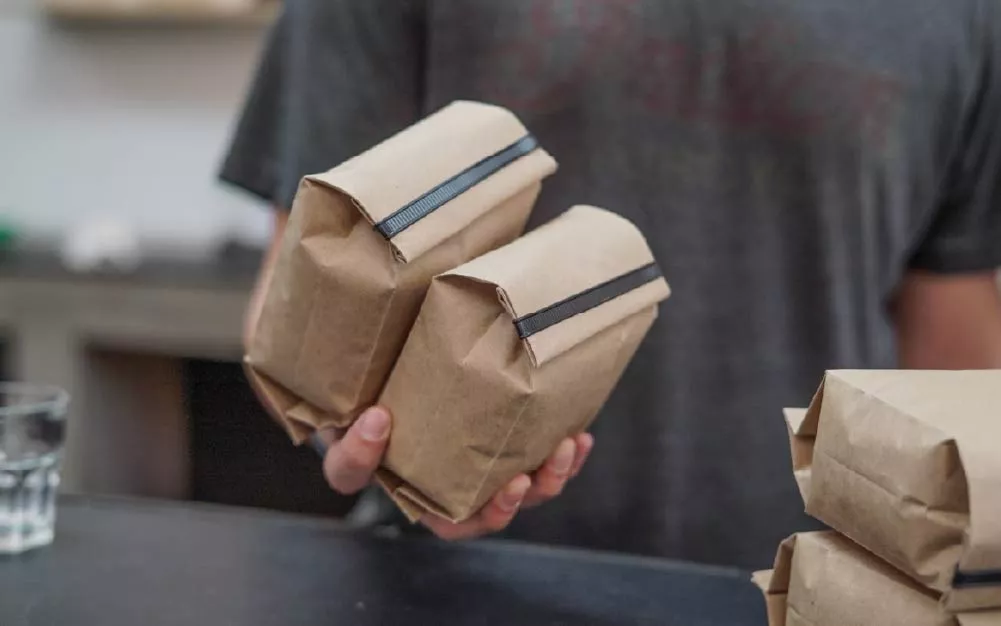Different Categories of Vacuum Sealers for Various Needs and Uses
Types of Vacuum Sealers A Comprehensive Guide
Vacuum sealers have become indispensable tools in modern kitchens, helping to preserve food, reduce waste, and maintain the quality of various items. They work by removing air from packaging, which slows down the growth of bacteria and mold, and helps retain flavor and nutritional value. With various types of vacuum sealers available on the market, it’s essential to understand which type best suits your needs. Below, we explore the different types of vacuum sealers and their unique features.
1. External Vacuum Sealers
External vacuum sealers are the most common type found in households. They feature a simple design that includes a sealing chamber and a vacuum pump. Users place the open end of a bag inside the machine, close the lid, and press a button. The machine sucks out air, seals the bag, and often gives an audible signal when the process is complete. These sealers are usually lightweight, easy to use, and relatively affordable.
Pros - Affordable and accessible. - Easy to operate with straightforward instructions. - Compact size, making them suitable for smaller kitchens.
Cons - Limited to bags designed for external sealers, which may not be as durable as other options. - Not suitable for sealing liquids or soft foods without special precautions.
2. Chamber Vacuum Sealers
Chamber vacuum sealers are more sophisticated and are typically used in restaurants or commercial environments. These machines create a vacuum within a sealed chamber, drawing air out from both the bag and chamber simultaneously, ensuring a perfect seal. This type is ideal for sealing liquids, marinating meats, and larger quantities of food.
Pros - Excellent for sealing liquids and moist foods. - Creates a stronger seal, extending the shelf life of items significantly. - Versatile in terms of bag materials.
Cons - More expensive than external sealers
. - Larger and heavier, requiring more counter space. - More complex, which may intimidate some users.types of vacuum sealers

3. Handheld Vacuum Sealers
Handheld vacuum sealers are portable devices designed for quick sealing tasks. They often utilize specially designed bags with a one-way valve. Users can simply place the nozzle on the valve and initiate the vacuum by pressing a button. This type is excellent for those who need a quick solution for smaller quantities of food.
Pros - Extremely portable and easy to store. - Ideal for travel or outdoor activities such as camping. - Great for quick sealing tasks without needing to use a larger machine.
Cons - Typically less powerful than external or chamber sealers. - Limited to specific bags, and sealing may not be as robust. - Not suitable for vacuuming large quantities.
4. Automatic Vacuum Sealers
Automatic vacuum sealers combine features of both external and handheld sealers, allowing for hands-free operation. They often come with built-in sensors to detect the vacuum and seal settings based on the food type. These devices cater to users who want a seamless experience without monitoring the vacuum process manually.
Pros - Easy to use, requiring minimal effort from the user. - Built-in sensors enhance convenience and efficiency. - Suitable for various food types, providing a customizable sealing experience.
Cons - Higher price point compared to manual options. - May require calibration or adjustments for optimal performance.
Conclusion
In summary, choosing the right vacuum sealer depends on your specific needs, budget, and kitchen space. External vacuum sealers are ideal for home cooks looking for an affordable and versatile option. For those who need more power and functionality, chamber vacuum sealers are the way to go, especially in commercial settings. Handheld vacuum sealers excel in convenience and portability, while automatic vacuum sealers combine advanced features with ease of use. Understanding these types will help you make an informed decision that enhances your food preservation efforts and overall culinary experience.













